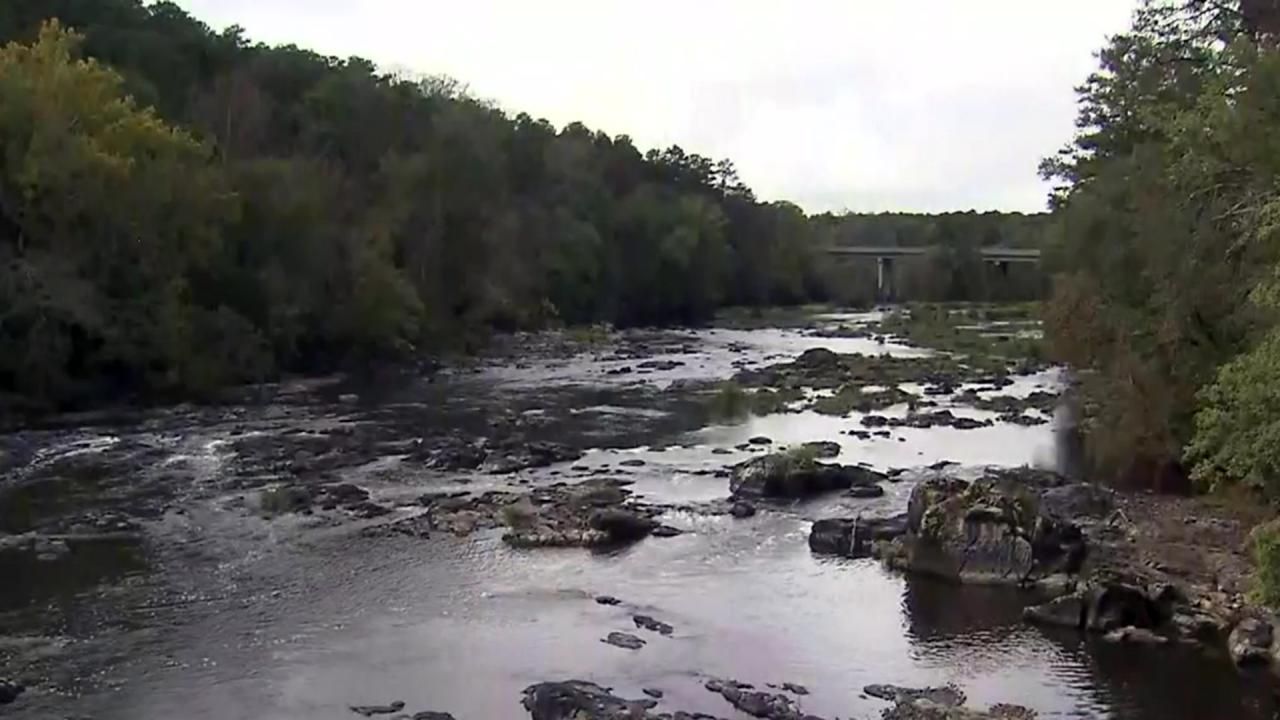Tests show lower levels of 1,4-dioxane in Pittsboro water supply

Pittsboro officials on Tuesday said rush samples taken on Sept. 29 indicate that the concentration of an industrial chemical continues to decrease.
The safety of the town's drinking water was threatened after high levels of 1,4-dioxane, a probable carcinogen shown to cause liver and kidney damage, were released into the Haw River from a Burlington municipal wastewater treatment plant on Sept. 14.
Colby Sawyer, an emergency management coordinator for Pittsboro said in an update that the current test results indicate that the "slug," or concentrated area of 1,4 dioxane, has passed Pittsboro with minimal uptake.
Samples were tested of the raw water at Pittsboro's intake in the Haw River, the finished water leaving the drinking water plant, and various other locations near Chatham Park, Hillsboro St., and behind Horton Middle School.
The September discharge was the second time 1,4-dioxane has been detected in a discharge from Burlington's wastewater system.
Burlington water resources staff say Apollo Chemical, a chemical manufacturing company in Burlington, is the suspected source of the 1,4-dioxane pollution.
John Vernon, a spokesperson for Burlington, said staff is testing Apollo Chemical daily and that the 1,4-dioxane levels in their discharge to the city's sewer system continue to decrease.
"The decrease in the discharge mirrors a drop in the levels in City of Burlington wastewater influent," Vernon said. "The City of Burlington effluent sampling results continue to drop and are well below EPA health advisory levels."
Pittsboro has discontinued its program for residents to get free reverse osmosis water.
"We will continue daily testing until concentrations of 1,4 dioxane reach a non-detectable level," said Sawyer.









